Education during the colonial government
Before the formation of Malaysia in 1963, the education system was under the supervision of the local government and was confined to primary education.
A research paper titled ‘Local Government Administration in Sarawak’ by Ahi Sahok noted that during this period, there were two well developed school system in Sarawak.
One system used Mandarin as a medium of instruction and operating under a loosely-formed local Chinese Board of Management, and English-medium schools which was managed directly by the Christian missions.
As both school system catered mostly towards the Chines community as most of them lived in urban areas, facilities for the native communities to attend school were neglected, particularly for those in the rural areas.
Therefore, after the Japanese Occupational, the colonial government saw that there was a need to build-up a system of primary school educations.
Based on a research paper titled ‘The making of Malaysian solidarity: A historical look at education and social cohesion in Sarawak’, it was noted there was a high demand for formal education for primary level after the Japanese Occupation mainly due to parents realising the importance of education for their children.
The number of children registered for school increased from about 19,000 in 1940 to 30,000 in 1946.
However, the colonial government faced several constraints included slow progress and the lack of funds and trained teachers.
The government continued with the policy of setting ups schools by the Christian missions and Chinese and Malay communities, both in the town and rural areas.
By the end of 1947, there were 58 mission schools with an enrolment of 5,087 students. Sekolah rakyat or people’s school set by the Malay communities increased from eight in 1947 to 54 in 1954.
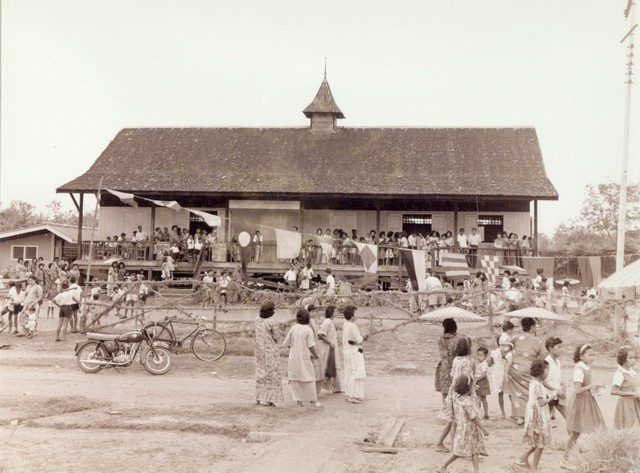
In addition, the colonial government built 17 primary schools in 1947 for the Dayak, Kenyah, Kayan and Murut communities.
In the paper by Sarok, it was stated that the local government became involved in primary education in 1955 after a report on the Financing of Education and Conditions of Service in the Teaching Profession tabled to the Colonial Government.
The first local authority was set up in 1948 in Kuching, which is the State capital. By the end of 1960, there were 23 local authority schools throughout Sarawak.
This report noted that education was the responsibility of the state government and must be financed by the State from the local government.
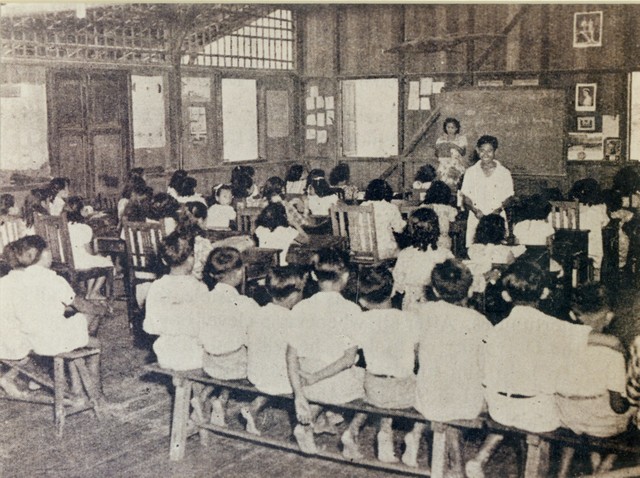
The responsibility includes defining the syllabus, number and range of classes, regulating the appointment and transfer of teachers and their terms of service, and prescribing fees for all primary schools in receipt of government financial assistance.
It also stated that report also gave responsibility to local authorities in Sarawak for the implementation of all primary education within the respective local areas of the Councils in accordance with the recommendation of the aforesaid report.
Another report, The Blue Report recommended that English be used as a medium of instruction except in Chinese schools.
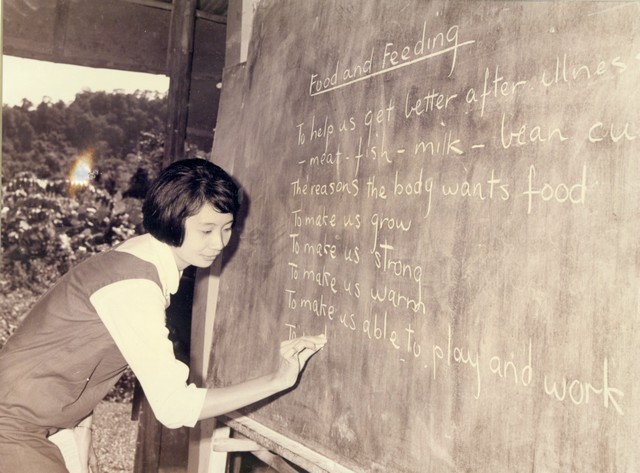
Secondary education, on the other hand was provided mainly by the mission and Chinese schools located mainly in the big towns.
Students wishing to continue their studies had to sit for a selection exam (common entrance exam)
after they had completed Primary 6.
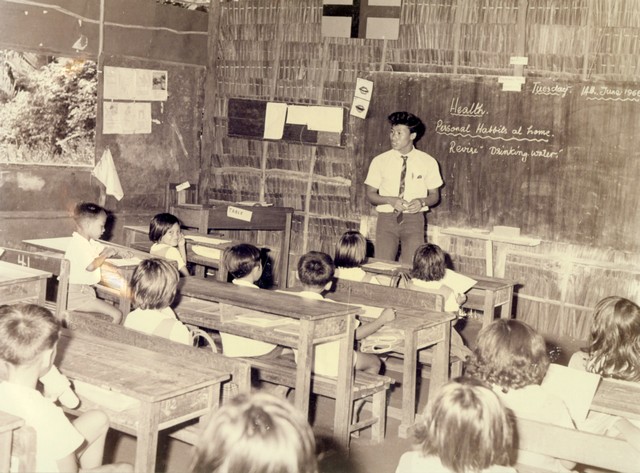
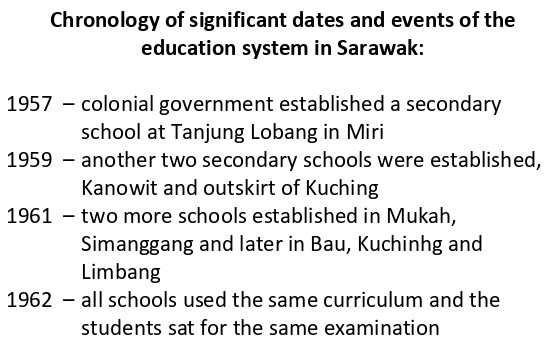
What happened after 1963?
Sarawak became a State within Malaysia on 16September 1963 and education became a responsibility of the federal government.
With the formation of Malaysia in 1963, the Malaysian Government inherited a unique education
scenario from the Colonial Office, where various changes in the education system happened.
The Malaysian Development Plans provided financial allocations for the increase of primary, secondary, technical, and vocational schools.
Due to the vast size of Sarawak, aside from the head office of the Sarawak Education Department in Kuching, divisional education office in all the districts were set up throughout Sarawak.
In 1966, free primary education was introduced and it noted that there was a rise in primary enrollment.
In 1974, the Common Entrances (Selection) Examination limiting the entry of Primary Six pupils to secondary schools was abolished.
Between 1974 and 1975, there were a sharp increase in the enrolment in secondary schools as every pupil was assured three years of secondary education.
The extension of the Education Act 1961 to Sarawak which ensure the integration of education system in Sarawak with the national system of education altered the education system in Sarawak particularly on the main medium of instruction.
With effect from 1st January 1977, the State Education Department taken measures to convert all Government and Government aided English primary schools into national primary schools or sekolah rendah kebangsaan by making Bahasa Malaysia as the main medium at Primary One level.
By 1982, all Government and aided English primary schools had been converted into primary schools using Bahasa Malaysia as the main medium of instruction and by 1989, all Government and aided English Secondary Schools up to Form Six were fully converted into national secondary schools using Bahasa Malaysia as the main medium of instruction.
Education hub in Sarawak
Tertiary education is given a high priority in Sarawak.
Traditionally a village known as Muara Tuang, Kota Samarahan is now known as a medical and education hub in Sarawak as it is a dwelling place for universities, research centers as well as medical facilities.
Among the education and healthcare facilities that are available in the area includes Universiti Malaysia Sarawak, Universiti Teknologi MARA Kota Samarahan Campus (2 campuses), Institute of Teacher Education (Tun Abdul Razak Campus, Kota Samarahan Industrial Training Institute (ILPKS) and Institut Tadbiran Awam Negara (INTAN) Kampus Wilayah Sarawak.
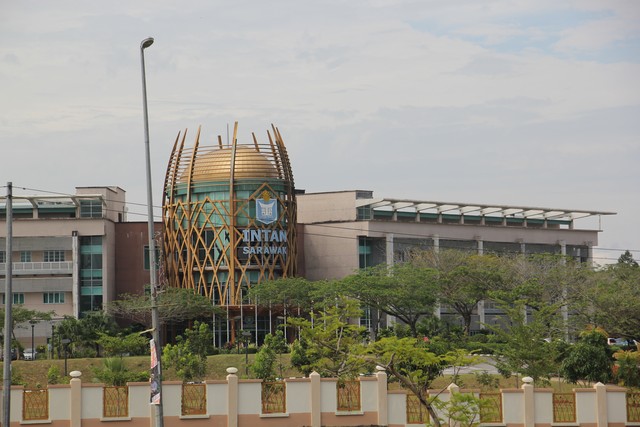
Aside from that, medical and research institutions such as the Sarawak Heart Centre and the Sarawak Tropical Peat Research Institute is also located at Kota Samarahan.
The setting up of the UiTM Samarahan campus acted as a catalyst in making Kota Samarahan an education hub.
In addition to this, the spill over effect of making Kota Samarahan as an education hub is that it provides opportunities for the locals especially the youths to various job and business opportunities.
In further developing Kota Samarahan into an education and health hub, Unimas’s Medicine and Health Science Faculty (FMHS) is also currently (at the time of writing) is building its own teaching hospital.
The new teaching hospital is implemented under the 11th Malaysia Plan and began construction in the first quarter of 2020 with an allocation of RM560 million.
Upon completion, the hospital will benefit not only Unimas medical students but also the people of Samarahan as it would be able to provide them with basic health examinations and health care.
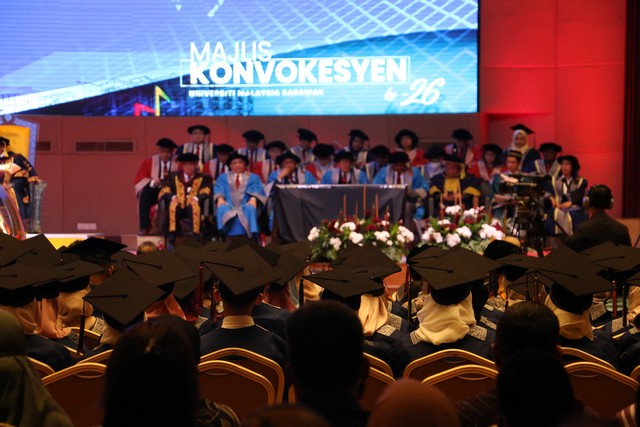
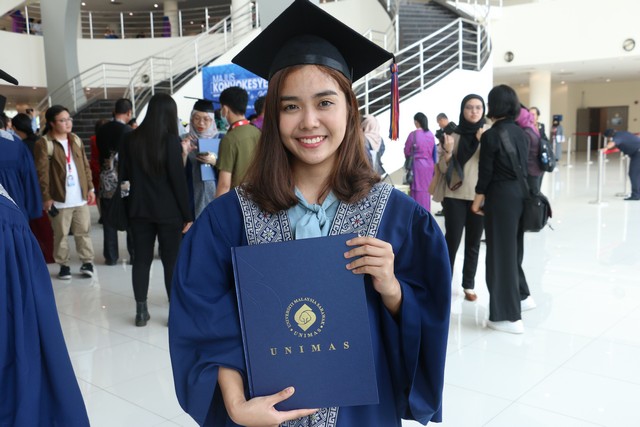
Outside of Kota Samarahan, Sarawak government as owns other higher education institutions such as Swinburne University (Kuching), i-Cats University (Kuching), Curtin University (Miri), University Technology Sarawak (Sibu) and the training centre, Centre of Technical Excellence Sarawak (Centex) which has branches throughout the State.
Establishment of MESTR
In 2017, the Sarawak government established the Ministry of Education, Science and Technological Research (MESTR) as a commitment in making education one of Sarawak’s investments in human capital.
When it was establishment among its top priorities includes addressing the issue of dilapidated schools, involving a total of 1,020 schools, involving a total allocation of RM1.4 billion in Sarawak
Aside from that, MESTR strived to improve the standard and quality of education in Sarawak by actively promoted Science, Technology, Engineering and Mathematics (STEM) education and English language.
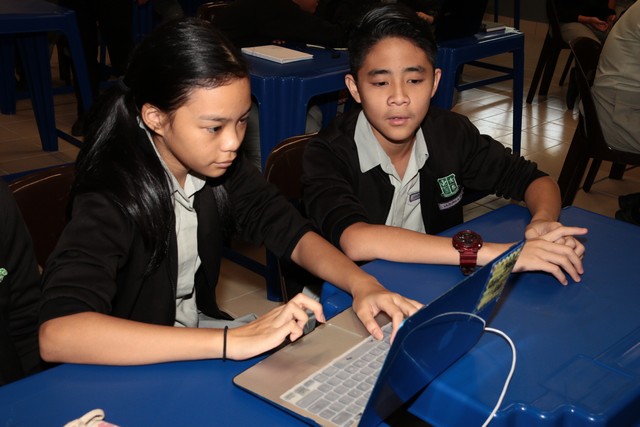
At present, MESTR has been renamed Ministry of Education, Innovation and Technological Development (MEITD).
In 2022, it was reported that the ministry has embarked on a programme called ‘Study Sarawak’ to promote Sarawak as a regional higher education hub by encouraging more people to study in the region.
Reference:
Sarok, A. Local Government Administration in Sarawak. Academia. https://www.academia.edu/9229044/Local_Government_Administration_in_Sarawak
Ong, P.L., Ong, P.H., Sivapalan, S., Marsitah, M.R., Badariah, S., (2014) The making of Malaysian solidarity: A historical look at education and social cohesion in Sarawak. Malaysian Journal of Society and Space.




